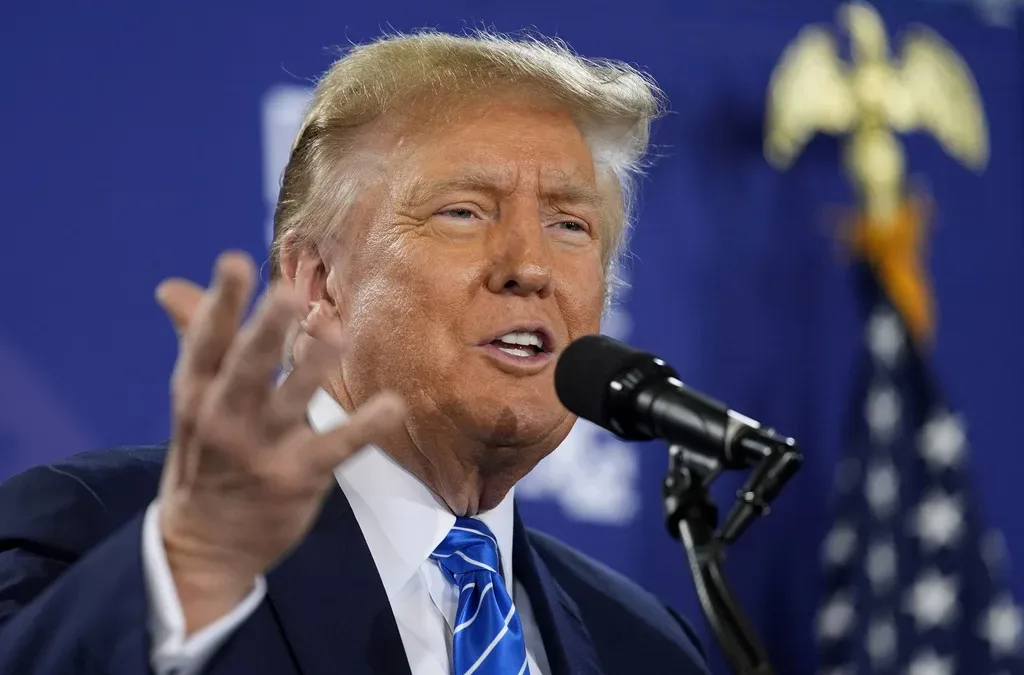The Trump administration’s trade war aid for farmers has “overwhelmingly flowed to the largest and most successful farmers,“ according to an analysis from the Environmental Working Group, a nonprofit environmental organization.
Analyzing data from the U.S. Department of Agriculture, the EWG found that the top one-tenth of recipients received 54% of all payments made to farmers via the Market Facilitation Program (MFP).
Through April 2019, a total of $8.4 billion in MFP payments were made in an attempt to help farmers struggling to stay afloat because of Trump’s trade war, but that help has not been distributed equally. The EWG found that the top 1% of MFP recipients received, on average, $183,331, while the bottom 80% received less than $5,000 on average.
The distribution of aid payments has been similarly inequitable in Virginia. Through April 2019, Virginia farmers received $44.3 million, but 50% of those funds went to just 10% of recipients. In fact, while the top 20% of payment recipients in Virginia received $62,327 each, the bottom 80% received an average of just $6,477.
The bailout also continues to exclude minority farmers; a FarmBillLaw.org analysis of USDA data found that a whopping 99.5% of payments went to white business owners.
Underscoring the disparity in how the payments have been distributed, the EWG found that one farm, DeLine Farm Partnership in Charleston, Missouri, has so far received $2.8 million in payments, and 82 farmers have received at least $500,000 each.
Up until now, payments have thus far been linked to crop production, which prioritizes the largest producers of certain crops. As the EWG analysis states, the USDA initially said it would place a $125,000 cap on payments, but the department implemented rules that permit relatives who “do not contribute meaningful work on the farm” to receive farm payments. This loophole allowed many farm businesses to avoid the cap and collect more money.
USDA Secretary Sonny Purdue announced last week that the second round of MFP payments will be connected to the number of acres, not the number of bushels or bales produced, a change that will only exacerbate the disparity in what large and small farms receive, according to the EWG. As the EWG reports puts it, “the bigger the farm, the bigger the government check.”
Roger Johnson, president of the National Farmers Union, the nation’s second-largest general farm organization, criticized the Trump administration’s approach to distributing MFP payments. “We are disappointed that USDA did not use its discretion to focus this aid on family farmers and ranchers who need it most,” Johnson told Bloomberg News.
EWG also found that thousands of residents in the nation’s largest cities received farm trade aid payments, prompting Donald Carr, a senior advisor to the organization, to criticize the program. “When Market Facilitation Program payments continue to overwhelmingly flow to an elite group of the largest farms, wealthy landowners and city residents with no real connection to the day-to-day operations on the land, it’s clear the program is deeply flawed and not delivering aid to those farmers in desperate need,” Carr said to Bloomberg.
The second round of MFP payments, totaling $16 billion, is set to begin in mid-to-late August.
Politics

It’s official: Your boss has to give you time off to recover from childbirth or get an abortion
Originally published by The 19th In what could be a groundbreaking shift in American workplaces, most employees across the country will now have...

Trump says he’s pro-worker. His record says otherwise.
During his time on the campaign trail, Donald Trump has sought to refashion his record and image as being a pro-worker candidate—one that wants to...
Local News

Virginia verses: Celebrating 5 poetic icons for National Poetry Month
There’s no shortage of great writers when it comes to our commonwealth. From the haunting verses of Edgar Allan Poe, who found solace in Richmond's...

Join the fun: Recapping Family Literacy Night’s storybook adventures
When’s the last time you read a book aloud with a loved one? If it’s difficult to answer that question, then maybe it’s time to dust off that TBR...




